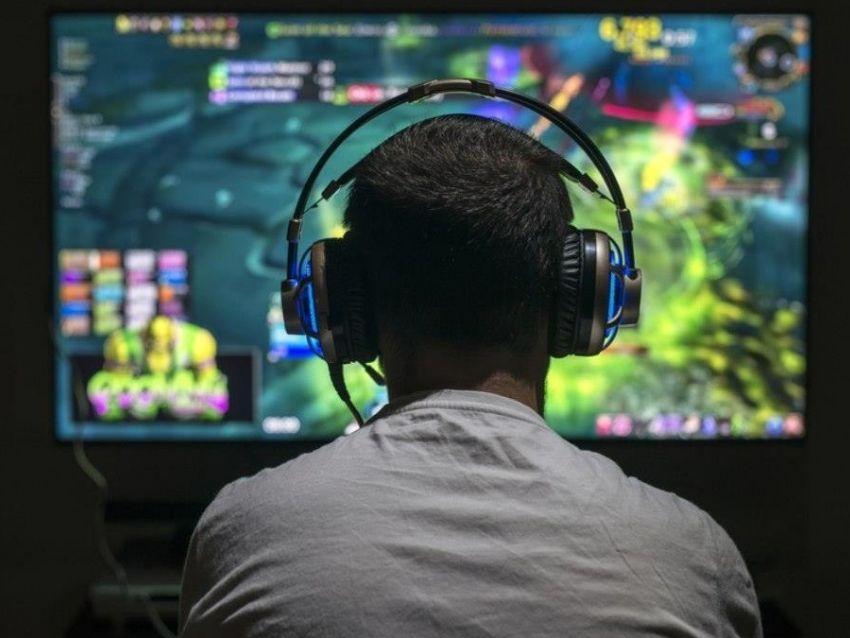Videogames and Fashion: what opportunities do designers have with this merger?
When two cultures collide, that is, when the intersection of two different groups causes some kind of friction, a new culture is created. This new culture builds on different aspects of the original two, sharing positive and negative impacts. This is what the anthropologist Roy Wagner defends in "The Invention of Culture", written in 1975.
When we talk about how fashion and gaming interact, we are also talking about two different cultures that share the same space in the market. So, is a collision about to occur? How is this new culture? What aspects of each of the original cultures, that of fashion and that of video games, will be maintained?
We have asked these questions and more to the main players in the fashion and video game industry: is there room and what are the opportunities for fashion designers in this merger?
This article is a collaboration between The Digital Fashion Group Academy and Fashion United, written by Dr. Lívia Pinent, Professor of Digital Research at The Digital Fashion Group Academy.Digital design from a traditional perspective
Designing for games not only requires knowledge of programming, but also aesthetics. The world of gaming has a very specific aesthetic that, arguably, has been influenced by fashion brands like Balenciaga in Fortnite. Or could fashion have influenced gaming for longer than we think?
For Lui Iarocheski, marketing director of the PlatformE group, this relationship between the two cultures has always existed. He entered the world of fashion thanks to video games. He wanted to develop the perfect garments for his favorite characters, with the right fit, drape, and realistic fabrics. From Iarocheski's point of view, traditional fashion offers techniques that are not yet being explored by the world of video games.
"As a gamer, one thing that bothers me is that this collision between fashion and gaming revolves too much around product caps. And for gamers, this approach doesn't make sense," says Iarocheski. If fashion brands aren't creating real experiences for players, the opposite is also true: "sometimes the clothes aren't as well represented as they should be, and the narrative of the game breaks, the immersion breaks," adds Iarocheski. As he explains, using a hypothetical game set in 2050. To develop a real experience, game designers need to think about the cotton fabric used for the characters. "What will cotton fabric be like in 50 years? Will there be any fabric? This is the kind of debate that fashion designers have in mind and could take to game agencies," concludes Iarocheski.
The metaverse and the limits of fashion

The fusion of gaming and fashion offers limitless opportunities for creativity that will reach beyond the physical limits of the fashion industry. FutureGames' William Easton believes that when other industries try to get into the game, they "try to mirror, or simulate, what we already have in the real world, and bring it into the game. But the metaverse space allows you to change the physics. You don't have the same type of restrictions".
Daniella Loftus of This Outfit Does Not Exist adds: "In the physical world, I could wear an avant-garde dress, but it's tied to my physical form. I was born with certain biological characteristics." Even wearing physical garments to cover or hide certain features, we are still tied to that. As Loftus concludes, "In the virtual world, your avatar is built by you, it can look anything you want, it can express whatever you feel needs to be expressed."
Metaverse and Video Game Careers for Fashion Designers
The limitless opportunities of the metaverse can be explored by fashion and video game designers when they work together. As Alexis Arragon, CEO of Skinvaders, reinforces: "We are still in the infancy of this new mixed game/fashion culture. We will have to teach a new wave of fashion designers, as well as a new generation of game designers to perform new functions." and new knowledge that take us to new limits".
For Brand New Vision's Richard Hobbs, the skill set that digital fashion requires for gaming is the foundation of fashion design. Hobbs talked about traditional techniques, such as understanding how patterns work and how materials behave. The way of constructing a garment, as well as the general design concept, is still very important: "What we have to do is create beautiful fashion and then convert it for video games." As a veteran of the fusion of fashion and technology, Hobbs concludes our conversation by reflecting on the role of game engines and the instrumentalization of the fashion industry: "I see game engines as a means to an end for fashion. Fashion it doesn't have to be part of the game, but could use the tools that the video game industry has created to create other experiences.People don't necessarily want to wear a Balenciaga couture piece while running around shooting their friends.The game itself is one part, but interlocking video game mechanics with really cool avatars and really cool fashion at the same time, is where the future should be. We're at the beginning of the discussion about the endless creative opportunities for designers and fashion professionals in the metaverse. We have to quickly fill the spaces and make ourselves heard.As Easton quoted fiction writer William Gibson: "The future is already here, it's just not evenly distributed."
This article is based on the live webinar "The Metaverse: Where Fashion and Gaming Collide" recently hosted by TDFGA in collaboration with Parsons N Ventures. You can view a teaser for the debate below and the full webinar on the TDFGA website.
This article was originally published on FashionUnited.COM, and translated and edited into Spanish by Veerle Versteeg.








